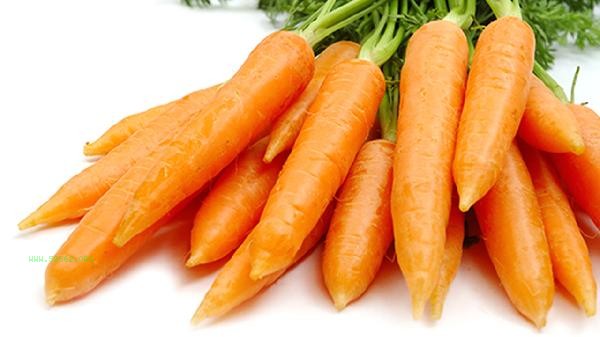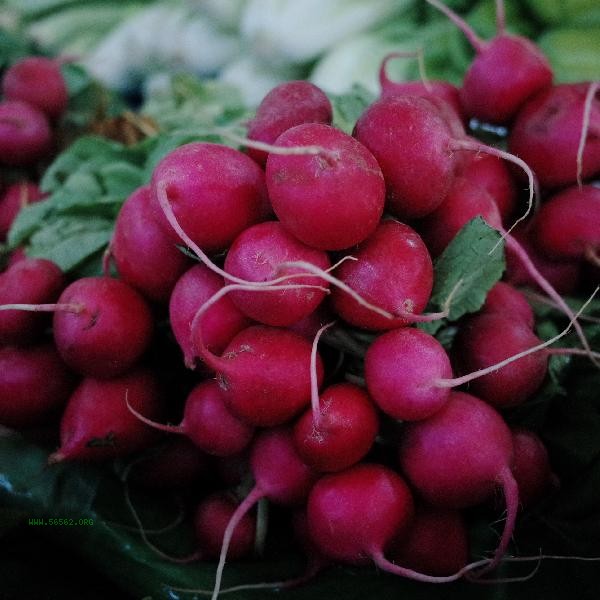The spicy smell of radish mainly comes from sulfides, which can be removed by blanching, salting, adding sugar, or pairing with specific ingredients. The specific methods include rapid blanching, salt rubbing, sugar stain treatment, vinegar soaking neutralization, and cooking with oil and fat.

1. Quick blanching
Put the cut radish into boiling water and blanch for about 30 seconds. High temperature can decompose volatile sulfides. This method is suitable for processing white radish before stewing soup, and immediately supercooling it after blanching can maintain a crispy and tender taste. Note that blanching for too long can lead to nutrient loss, especially affecting vitamin C.
2. Rub with salt
Rub the radish slices evenly with salt for 10 minutes, and the osmotic pressure can release irritating substances. Suitable for cold mixed green radish, rinse with clean water after rubbing. Salt can also soften fibrous tissue, but hypertensive patients should control the amount of seasoning used afterwards.
3. Sugar Staining Treatment
Marinate white sugar or honey for 20 minutes, and the sugar substances can combine and transform with sulfides. When making refreshing pickled radish, squeezing out the exudate after sugar soaking is more effective. Patients with diabetes can use sugar substitutes. Note that sugar stains will slightly increase calorie intake.

4. Soaking in vinegar and rice vinegar or white vinegar for 15 minutes can inhibit sulfide activity in an acidic environment. Suitable for making Korean style radish kimchi, it is recommended to use brewed vinegar to avoid the pungent sensation of chemically synthesized vinegar. People with excessive stomach acid should reduce soaking time.
5. Oil cooking
Stir fry radish with lard or vegetable oil, and fat soluble substances can encapsulate odor molecules. carotenoids are more easily absorbed in oils and fats, but prolonged high-temperature frying may result in the loss of some nutrients. Controlling the oil temperature below 160 degrees Celsius can reduce nutrient damage. Peeling carrots can reduce the sulfide content in the epidermis, but it may also result in the loss of some dietary fiber. In winter, choosing radish that has been frost cured has a lighter spicy taste, and drying it for 2 hours before cooking can also help evaporate irritating ingredients. The smell of radish stored for a long time has worsened. It is recommended to cut it open and observe whether there is hollow deterioration. People with special physical conditions, such as those with gastrointestinal sensitivity, can prioritize small varieties such as cherry radishes, which have a sulfide content only one-third of ordinary radishes. Paired with fresh ingredients such as seaweed and mushrooms, it can further mask residual odors, complement nutrients, and enhance the flavor level of dishes.









Comments (0)
Leave a Comment
No comments yet
Be the first to share your thoughts!